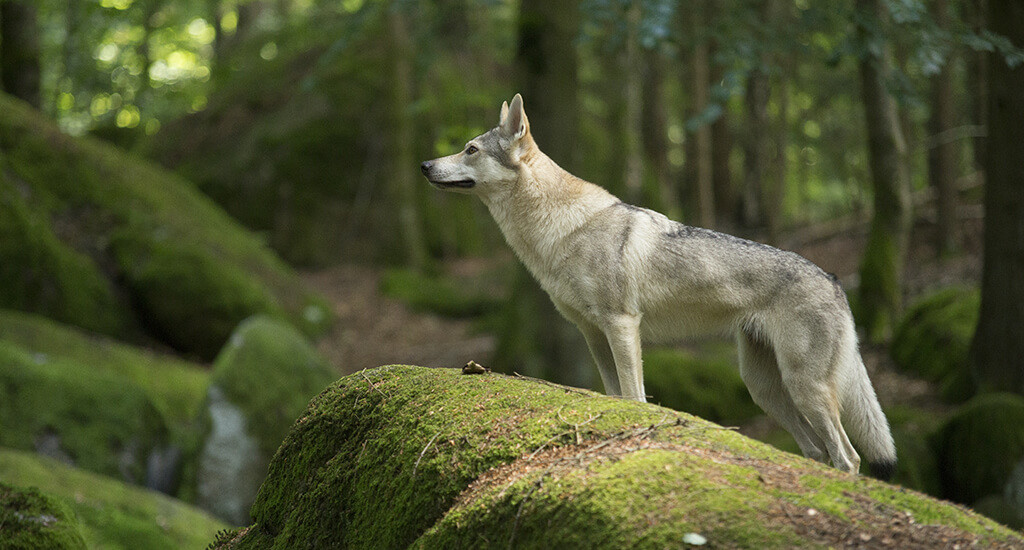rewild

rewild – verbo
rewilding – sostantivo
rewilder – sostantivo
Several years into a pioneering project to “rewild” the land, we were no longer willing to use herbicides.
We want to make the world a better place by restoring wild nature and building a rewilding movement across Britain.
Rewilders argue that reducing flood risks for cities is one practical way rewilding can enhance urban life.
Dall’inizio in sordina negli anni 1990, il movimento del rewilding si è andato rafforzando negli ultimi anni. Il rewilding può assumere forme diverse ma essenzialmente consiste nel riportare gli ecosistemi a uno stato in cui la natura possa badare a se stessa, senza l’intervento umano o quasi. Come parte del processo certe specie – tra cui anche specie estinte da secoli – vengono reintrodotte in determinate aree al fine di modificarne l’ambiente, favorendo un incremento della biodiversità, sia vegetale che animale. Tra gli animali reintrodotti ci sono per esempio predatori come il lupo e la lince, la cui presenza scoraggia o diminuisce in modo naturale una popolazione di erbivori fuori controllo (anche se la loro ricomparsa non è stata accolta benissimo ovunque dagli allevatori); altro esempio sono i castori, che con le loro dighe modificano il volto dei corsi d’acqua riducendo il rischio di allagamenti e inondazioni. Sebbene in Europa e negli Stati Uniti esistono già numerosi progetti di rewilding su larga scala, staremo a vedere se e quanto il movimento prenderà piede.
Origini del termine
La prima occorrenza registrata per iscritto di rewild risale al 1990, e la comparsa del sostantivo rewilding a qualche anno dopo. Il verbo è formato dal prefisso re- e dall’antico verb to wild, raramente usato.
Traduzione di Loredana Riu
rewild – verb
rewilding – noun
rewilder – noun
Several years into a pioneering project to “rewild” the land, we were no longer willing to use herbicides.
We want to make the world a better place by restoring wild nature and building a rewilding movement across Britain.
Rewilders argue that reducing flood risks for cities is one practical way rewilding can enhance urban life.
From small beginnings in the 1990s, the rewilding movement has gathered pace over recent years. Rewilding can take many forms, but it essentially it involves restoring ecosystems to a state where nature can take care of itself, with little or no human intervention. In the process, missing species – some of which may have been extinct in an area for hundreds of years – are reintroduced in order to allow them to shape the landscape or control booming herbivore populations. Examples of the latter are high-level predators such as wolves and lynxes, whose reappearance has not been universally welcomed by farmers fearful for the safety of their livestock. An example of the former is beavers, which have been returned to areas from which they had long been banished, partly with the aim of allowing their dam building and river shaping activities to reduce growing flood risks. Although some well-established large-scale rewilding projects exist both in Europe and the US, it remains to be seen how widely the practice will spread.
Origin
Rewild was first recorded in print in 1990, with the noun rewilding coming a few years afterwards. The verb is formed from the prefix re- and the ancient verb wild, which was rarely used until the advent of the rewilding movement.



